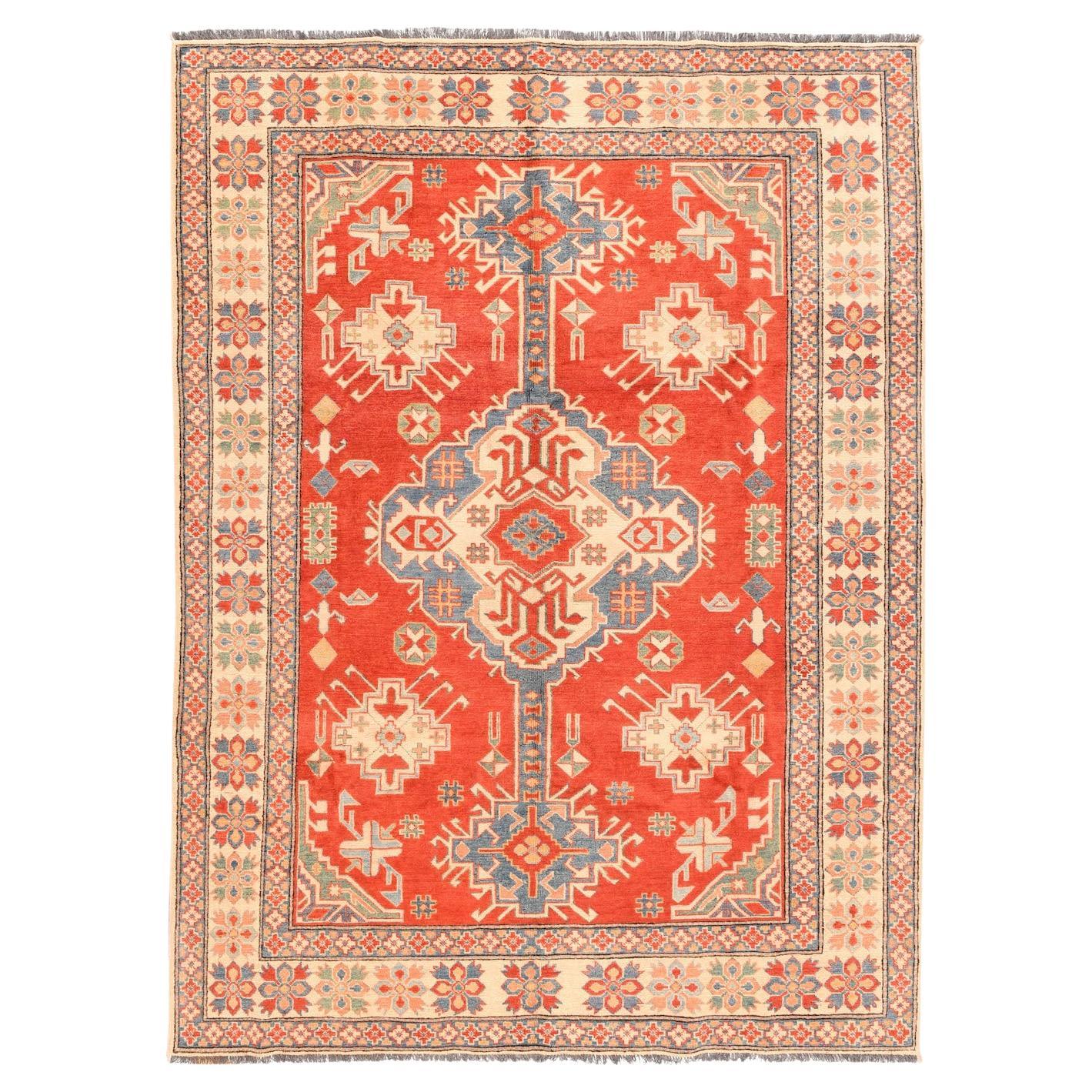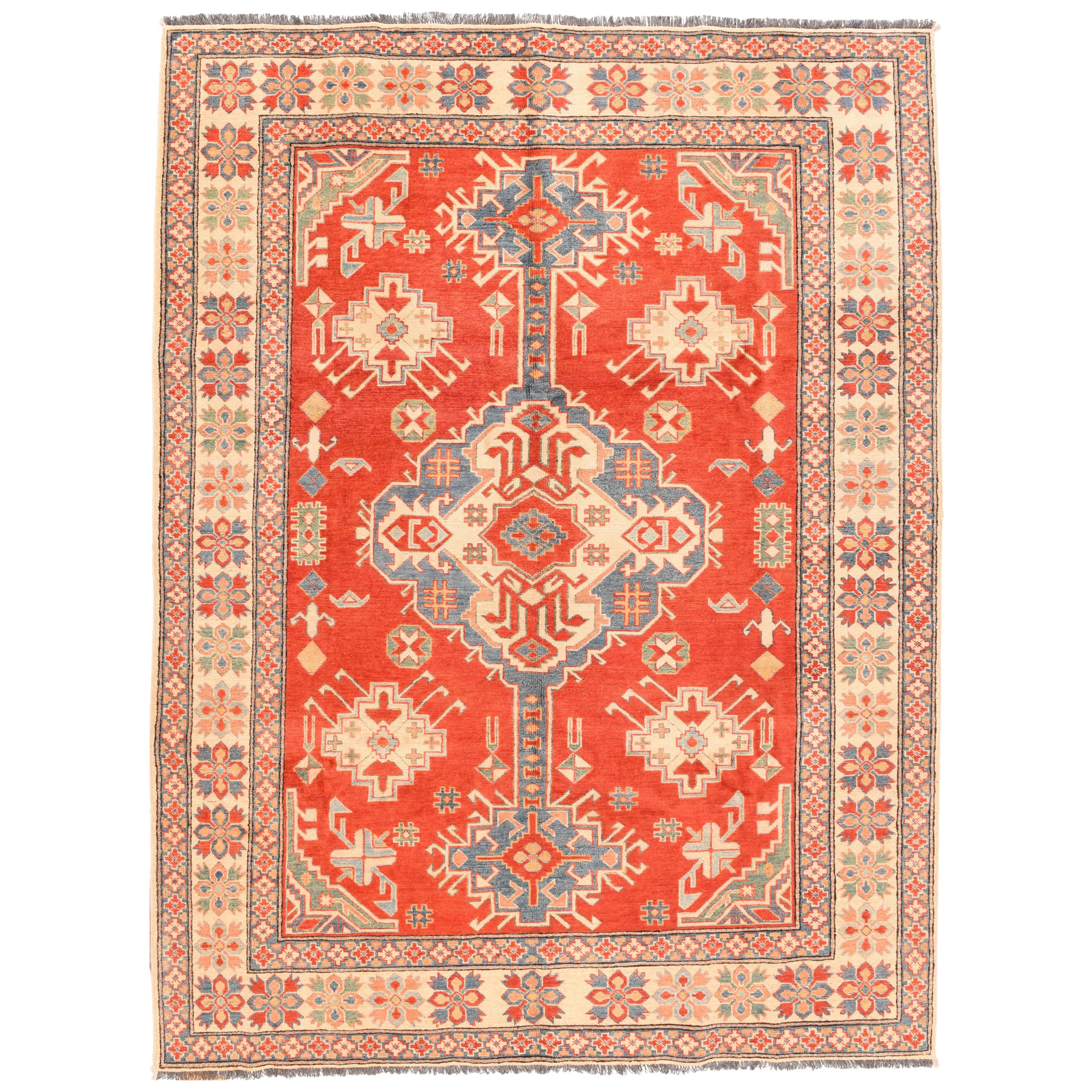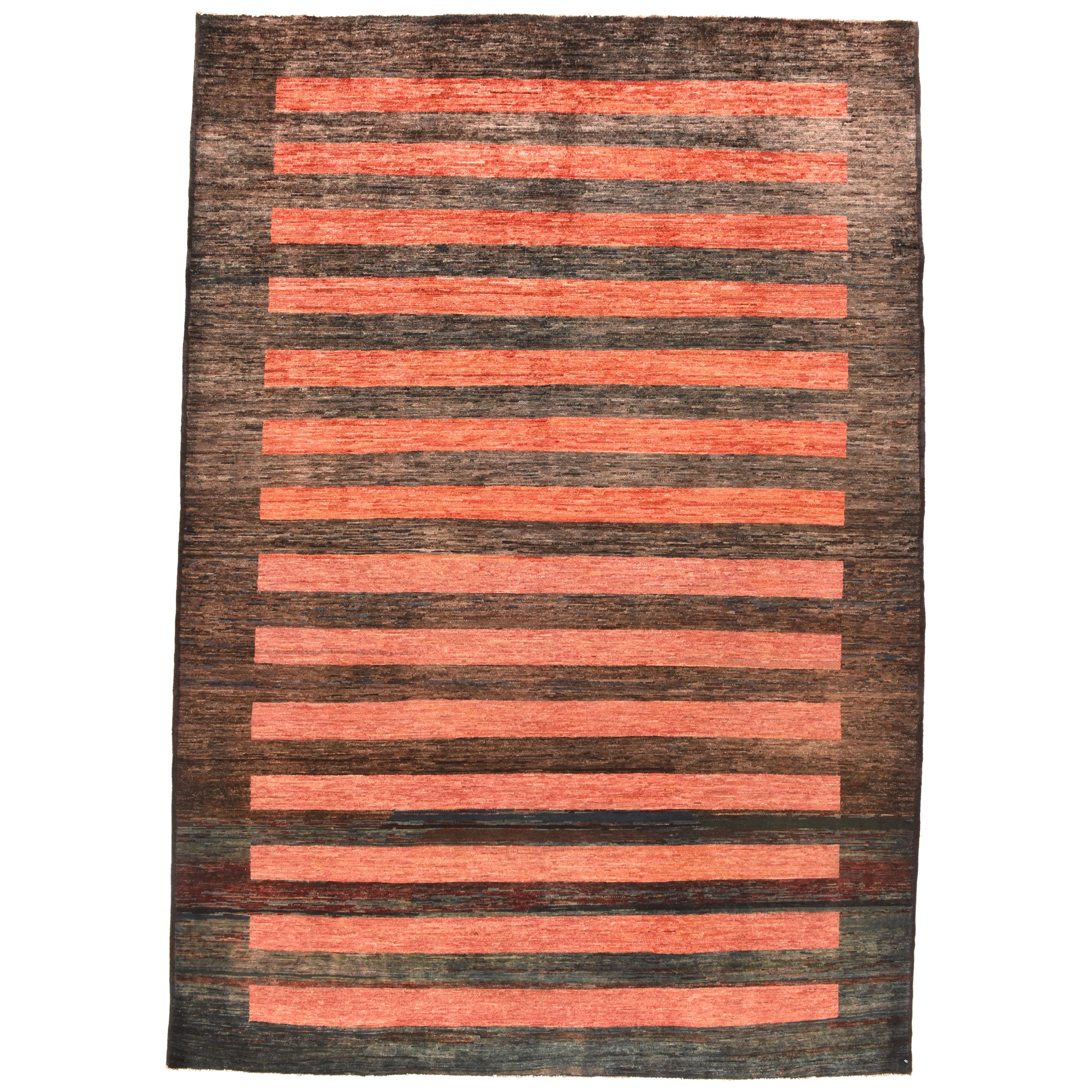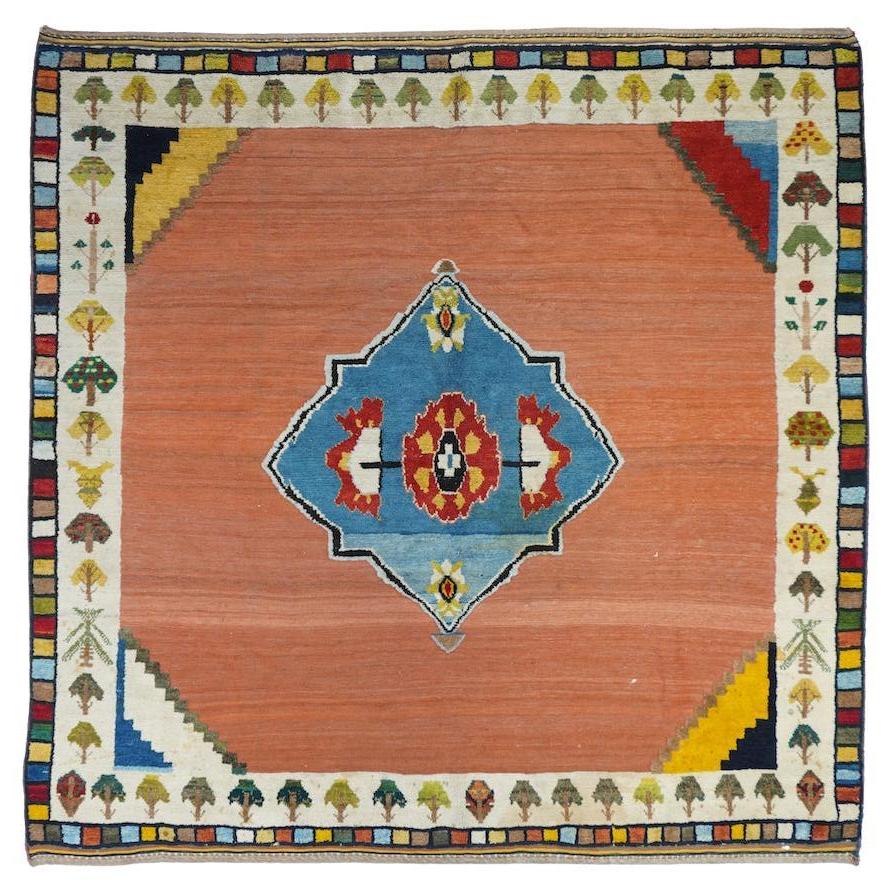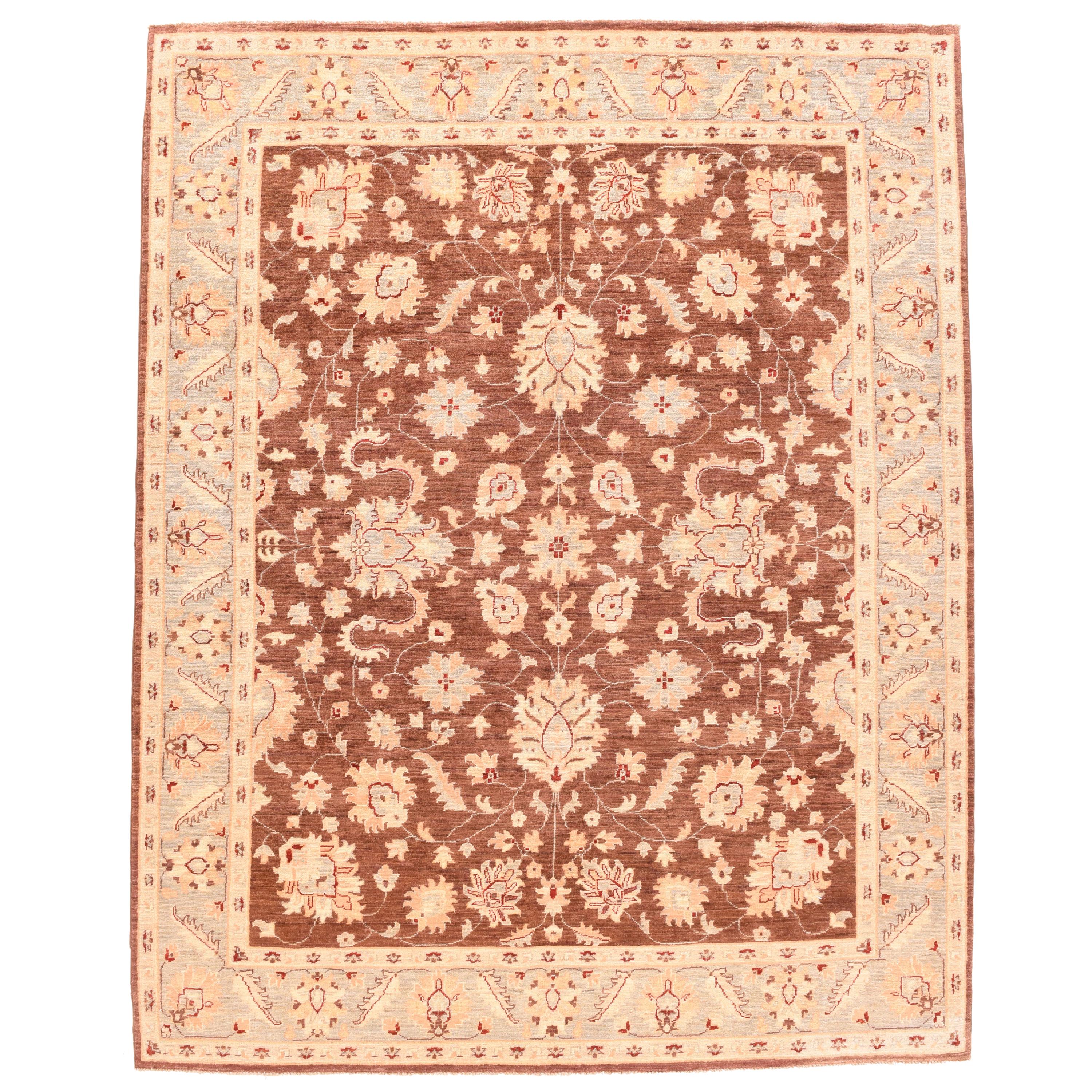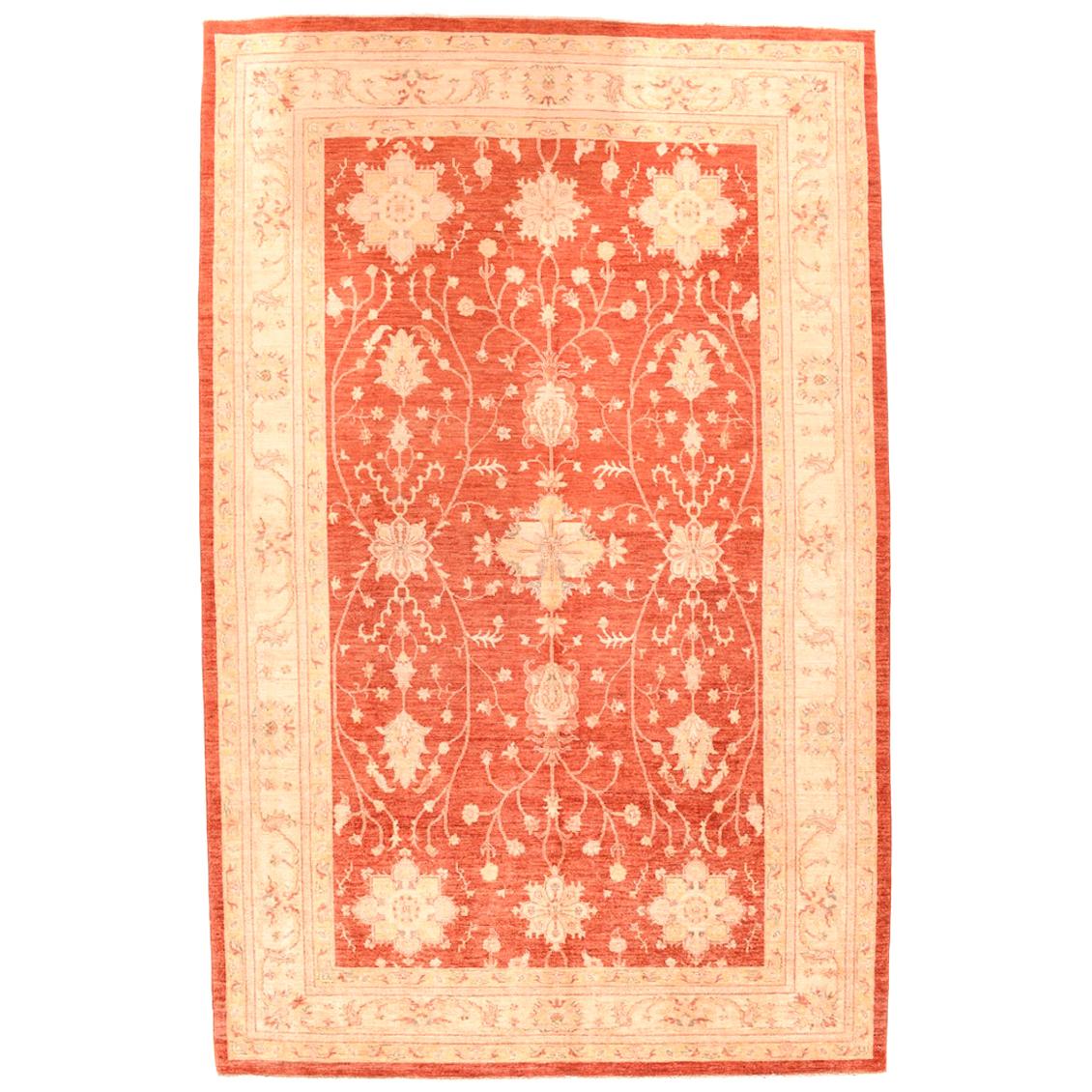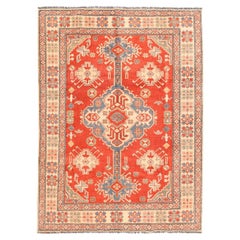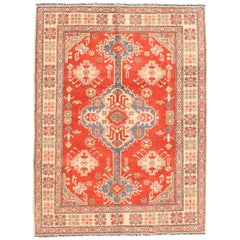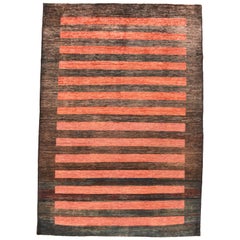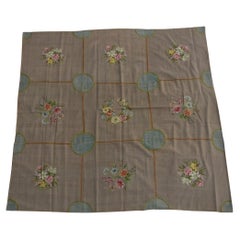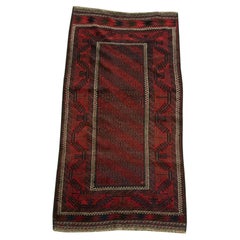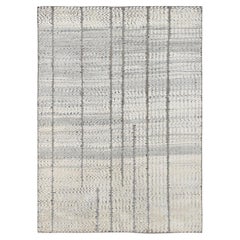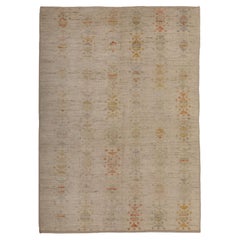Items Similar to Herati Rug 6'5'' x 6'7''
Want more images or videos?
Request additional images or videos from the seller
1 of 5
Herati Rug 6'5'' x 6'7''
About the Item
Herati Rug 6'5'' x 6'7''.
- Dimensions:Width: 6.5 in (16.51 cm)Length: 6.7 in (17.02 cm)
- Materials and Techniques:
- Place of Origin:
- Period:
- Date of Manufacture:21st Century
- Production Type:New & Custom(Current Production)
- Estimated Production Time:Available Now
- Condition:
- Seller Location:New York, NY
- Reference Number:Seller: 385851stDibs: LU4732143089702

About the Seller
4.6
Vetted Professional Seller
Every seller passes strict standards for authenticity and reliability
Established in 1916
1stDibs seller since 2019
124 sales on 1stDibs
Typical response time: 1 hour
- ShippingRetrieving quote...Shipping from: Washington, DC
- Return Policy
Authenticity Guarantee
In the unlikely event there’s an issue with an item’s authenticity, contact us within 1 year for a full refund. DetailsMoney-Back Guarantee
If your item is not as described, is damaged in transit, or does not arrive, contact us within 7 days for a full refund. Details24-Hour Cancellation
You have a 24-hour grace period in which to reconsider your purchase, with no questions asked.Vetted Professional Sellers
Our world-class sellers must adhere to strict standards for service and quality, maintaining the integrity of our listings.Price-Match Guarantee
If you find that a seller listed the same item for a lower price elsewhere, we’ll match it.Trusted Global Delivery
Our best-in-class carrier network provides specialized shipping options worldwide, including custom delivery.More From This Seller
View AllKazak Rug 6'5'' x 8'6''
Located in New York, NY
Kazak Rug 6'5'' x 8'6''. This well-designed Neo-Caucasian scatter shows a variously cusped light blue medallion with stepped and hooked rectangular pendants. Ivory sub-medallion with...
Category
21st Century and Contemporary Pakistani Central Asian Rugs
Materials
Wool, Cotton
$2,750
Kazak Rug 6'5'' x 8'6''
Located in New York, NY
Fine Pak Kazak Pakistan rug, hand knotted
Design: Floral
A Pakistani rug (Pak Persian rug or Pakistani carpet) is a type of handmade floor-covering tex...
Category
Early 2000s Pakistani Kazak Central Asian Rugs
Materials
Wool
$2,750
Gabbeh Rug 6'7'' x 9'7''
Located in New York, NY
Gabbeh Rug 6'7'' x 9'7''.
Design: Tribal
A Pakistani rug (Pak Persian Rug or Pakistani carpet) is a type of handmade floor-covering textile traditionally made in Pakistan
A Pak Ga...
Category
Early 2000s Pakistani Tribal Central Asian Rugs
Materials
Wool
$2,240 Sale Price
53% Off
Vintage Gabbeh Rug 6'5'' x 6'7''
Located in New York, NY
This Fars Province, SW Persian, rustic scatter shows an abrashed rust-red open field centred by a strongly abrashed light/cerulean blue octogramme enclosing a rosette and two primiti...
Category
Vintage 1940s Persian Persian Rugs
Materials
Wool
Peshawar Rug 6'7'' x 8'1''
Located in New York, NY
Fine Peshawar Pakistan rug, hand knotted
Design: Floral
Peshawar is the capital of the Pakistani province of Khyber Pakhtunkhwa. Situated in the broa...
Category
2010s Pakistani Other Central Asian Rugs
Materials
Wool
$1,560 Sale Price
72% Off
Peshawar Rug 6'7'' x 10'3''
Located in New York, NY
Fine Peshawar Pakistan rug, hand knotted
Design: Floral
Peshawar is the capital of the Pakistani province of Khyber Pakhtunkhwa. Situated in the broa...
Category
2010s Other Central Asian Rugs
Materials
Wool
$1,960 Sale Price
65% Off
You May Also Like
1920s Antique Needlepoint Rug - 6'7'' X 6'5''
Located in Los Angeles, US
Needlepoint rugs were created using the traditional needlework weaving technique that is used to make everyday items from furniture to carpets and artwork. However, it has a fascinating history both as a hobby and as an industry. When many people think of carpets, they think of pile carpets or flat weave kilims, but needlepoint has also been used to create beautiful carpets. These carpets are durable and an important part of carpet history.
Archaeologists and scholars consider the roots of needlepoint to have been around 1500 BC. They consider the first needlepoint to include the fine diagonal stitches that were used to sew tents together by the ancient Egyptians. The art eventually evolved into tapestry weaving. However, a tapestry weaving differs significantly from needlepoint in that it uses a loom and vertical warp.
Tapestry weaving is closer to the weaving of kilims and pile rugs than canvas work. However, some still include tapestry weaving in the category of needlepoint because of the fine work that appeared during the late Renaissance. It can have a similar appearance to the untrained eye. Technically, tapestry weaving and needlepoint are not the same, and they do not use the same technique.
The first actual needlepoint rugs and needle-points began to appear in the late Renaissance. Needlepoint is worked by creating stitches on a stiff canvas. The canvas is typically made from jute or linen and is quite durable. Pieces from the Renaissance were used to cover footstools, chairs, pillows, bed headboards, and other furnishings. They were also used as table coverings and wall coverings. You could also find them on many small items such as purses, shoes, and various adornments for clothing.
During the Renaissance, the craft reached a high level of skill, and the designs became incredibly detailed and realistic. They mimicked many of the subjects and styles of famous paintings of the time. They created florals, still life designs, scenes, and geometric tiled pieces. Some of them mimicked the designs found in Persian Carpets.
Needlepoint reached its peak popularity in the 19th century when it was considered a proper occupation for a lady. Needlepoint and embroidery held a similar place in societal status at the time. During this time, the work became finer, with some of the canvas reaching a high level of detail. The level of detail is determined by counting the number of mesh in an inch. During this time petit point by French needlewomen could have a mesh count as high as 45 mesh. This allowed women to create highly intricate designs with incredible levels of detail.
It is possible to find many antique pieces of needlepoint besides rugs. Needlepoint rugs were popular in France and Spain, where the technique was adapted to create highly intricate designs that mimicked the designs in architecture and fashion. They were popular because they were durable, and it could be fashioned into a variety of items. The canvases themselves were durable, and the wool that they used was also strong, which means that many of the pieces were able to withstand daily use. We have many artifacts that have survived from this time period.
Needlepoint rugs are important collectibles because they are different from the pile rugs and kilims that are typically found on the market. Needlepoint carpets are special because they take many hours to create, especially larger works. Needlepoint pieces of any type became popular throughout Europe during the 19th century. It is still a popular hobby today, but perhaps one of the most interesting stories is that of the Portuguese needlewomen of Arraiolos.
The story of these women and their beautiful carpets begins in 1492. Needlepoint was a popular occupation in Spain, which had a large population of Moors and Jews. They were an integral part of Spanish culture. However, in 1492, Queen Isabella of Spain issued a proclamation that gave these ethnic groups the order to pack their bags and board ships headed...
Category
Vintage 1920s Other Russian and Scandinavian Rugs
Materials
Wool
Antique Baloutch Geometric Design Rug 6'7''x3'2''
Located in Los Angeles, US
Antique Baloutch Stylish Geometric Design 6'7''x3'2''
one of a kind 1 of 1
more info upon request
Category
Antique Early 1900s Unknown Kilim Central Asian Rugs
Materials
Wool, Cotton
Textured Hand Knotted Tulu Rug 6'7''x9''
By Amara Rugs
Located in Torrance, CA
This exquisite hand-knotted rug from Afghanistan showcases a sophisticated geometric design, blending traditional craftsmanship with a contemporary aesthetic. The intricate pattern i...
Category
21st Century and Contemporary Afghan Modern Central Asian Rugs
Materials
Cotton, Wool
abc carpet Cream Zameen Transitional Wool Rug - 4'6" x 6'5"
Located in New York, NY
Inspired by the grounding foundations of Earth's natural colors and pure materials, this Zameen Cream Transitional Wool Rug - 4'6" x 6'5 features a distressed tribal design in a mult...
Category
2010s Afghan Mid-Century Modern Central Asian Rugs
Materials
Wool
Early 19th Century Antique Saruk Rug 10'0'' X 6'5''
Located in Los Angeles, US
Early 19th Century Antique Saruk Rug 10'0'' X 6'5''
Category
Vintage 1920s Unknown Sarouk Farahan Central Asian Rugs
Materials
Wool, Cotton
Antique Turkoman Bokhara Yomut Rug, circa 1890 6'5 x 10'1.
Located in Secaucus, NJ
Antique Turkoman Bokhara Yomut rug, circa 1890. Yomut rugs are one of the most popular of Turkoman rugs. The Yomut or Yomud, are one of the major tribes of T...
Category
Antique 19th Century Turkmen Central Asian Rugs
Materials
Wool
Recently Viewed
View AllMore Ways To Browse
Wing Club Chair
Wire Bar Stool
1960s Polyester Chairs
6x9 Scandinavian Rug
70s Italian Lounge Chair
Adrian Pearsall Sofa Fabric
Antique Silver Cake Server
Antique Silver Wine Labels
Antique Small Open Box Silver
Antique Thistle Glass
Antique Traveling Writing Desk
Applique Tapestry
Armchair With Horns
Baker New World
Balloon Back Dining Chair
Bamboo End Table Glass Top
Barcelona Glass Coffee Table
Bauhaus Rattan
